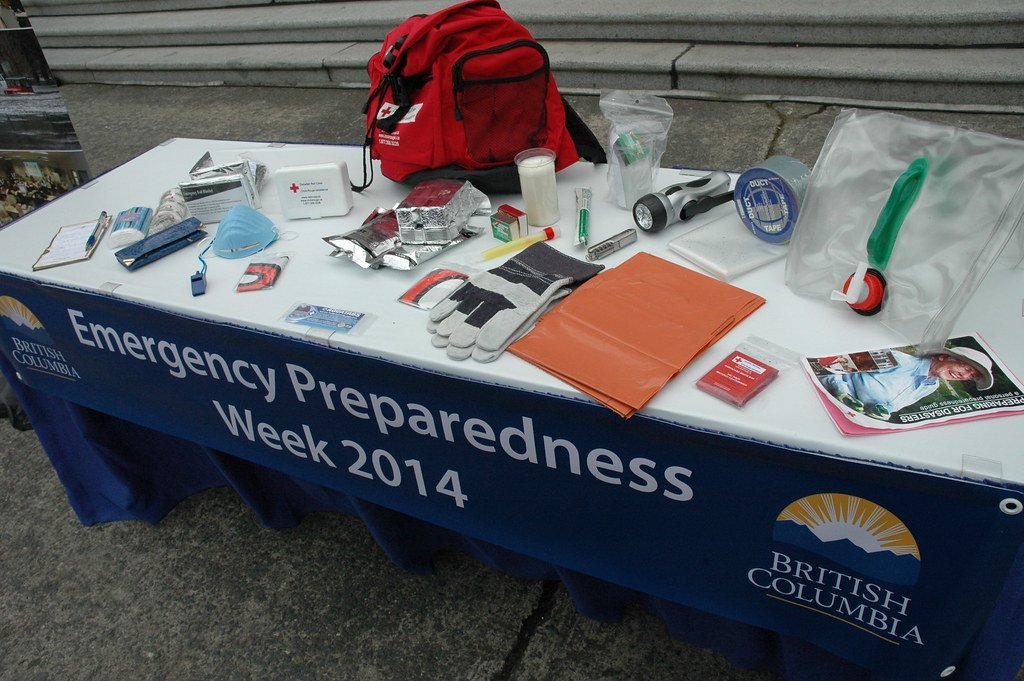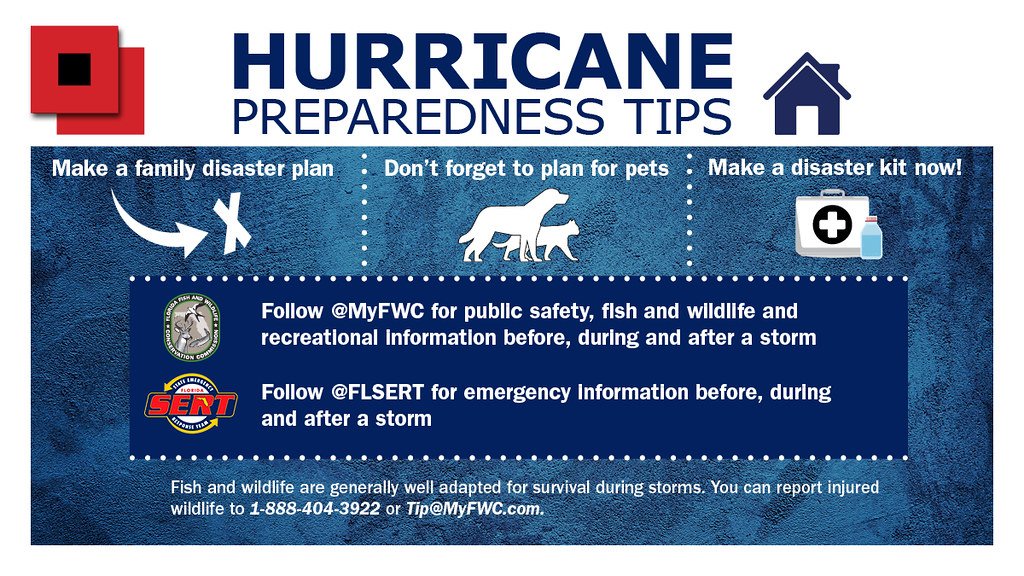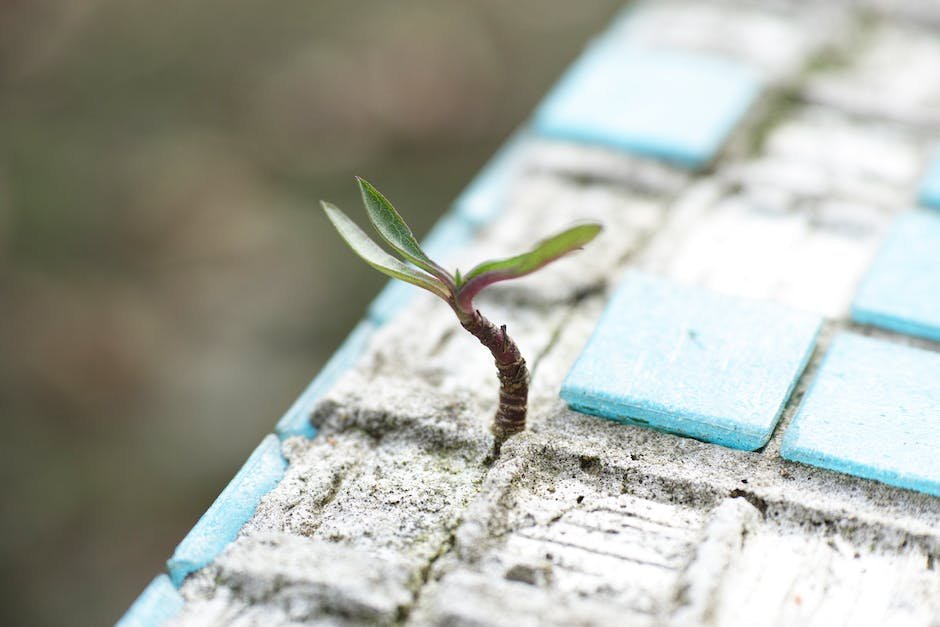When an emergency strikes, every second counts. Whether you’re camping in the wilderness or simply preparing for unexpected circumstances, having a well-stocked emergency medical kit is crucial. But why settle for a store-bought one, when you can craft your own personalized masterpiece? Building a DIY emergency medical kit not only empowers you with the knowledge and flexibility to tailor it to your specific needs, but also ensures that you are prepared to face any situation head-on. In this article, we dive into the art of assembling a one-of-a-kind medical kit that will leave you feeling like the MacGyver of emergency preparedness. So, roll up your sleeves, gather your supplies, and let’s get ready to create the ultimate DIY lifesaver.
Table of Contents

Introduction: Preparing for Emergencies with a DIY Medical Kit
Emergencies can strike at any moment, leaving us vulnerable and unprepared. That’s why having a DIY medical kit is essential for every household. Whether you’re facing a natural disaster, a sudden illness, or a minor accident, having the necessary supplies can make all the difference in providing immediate care and preventing further harm.
Creating your own medical kit allows you to customize it according to your specific needs and preferences. It’s a step towards self-sufficiency, giving you peace of mind knowing that you have the tools to handle unexpected situations. Plus, assembling a medical kit can also be a valuable learning experience, allowing you to gain knowledge about different medical conditions and treatment options.
- First and foremost, your medical kit should include basic first aid supplies such as bandages, adhesive tape, antiseptic wipes, and gauze pads.
- Medications like pain relievers, antihistamines, and anti-diarrheal drugs are also crucial to have on hand.
- Don’t forget to include essential medical tools like a thermometer, tweezers, scissors, and disposable gloves.
- In addition to physical supplies, it’s important to include important contact information for emergency services and your healthcare providers.
Remember, emergencies can happen when you least expect them, so taking the time to prepare a well-stocked and organized DIY medical kit is a proactive step towards ensuring the well-being of yourself and your loved ones.

Choosing the Right Supplies: Essentials for Your Emergency Medical Kit
When it comes to preparing for emergencies, having a well-stocked medical kit is essential. But with so many supplies available, how do you know which ones are truly necessary? We’ve got you covered!
Here are some key essentials to consider when assembling your emergency medical kit:
- Adhesive bandages: These trusty bandages come in various sizes to cover wounds and protect against infection. Make sure to include a mix of regular and waterproof options.
- Antiseptic wipes: Keep any cuts and scrapes clean with antiseptic wipes. They’re fast, convenient, and help prevent bacterial contamination.
- Tweezers: A pair of tweezers comes in handy for removing splinters, ticks, or any other foreign objects that may find their way into your skin.
- Gauze pads and tape: Gauze pads are perfect for covering larger wounds, while medical tape secures them in place. Be sure to pick hypoallergenic options, ideal for sensitive skin.
- Pain relievers: Dealing with pain during emergencies can be challenging, so stock up on pain relievers such as acetaminophen or ibuprofen.
- Thermometer: Being able to monitor body temperature is crucial in emergency situations. An easy-to-use digital thermometer is a must-have.
Remember, these are just some essentials to get you started on building your emergency medical kit. Tailor it to your specific needs, taking into account any existing medical conditions you or your loved ones may have. Stay prepared, stay safe!

Organizing and Assembling Your DIY Medical Kit for Easy Access and Mobility
When it comes to emergencies or unexpected situations, having a well-organized and accessible DIY medical kit can be a lifesaver. Whether you are an adventurer exploring the great outdoors or simply want to be prepared at home, follow these tips to ensure your medical kit is ready to go when you need it most.
1. Assess your needs: Take a moment to consider your unique situation and the potential risks you may encounter. Are you prone to allergies, or do you have a pre-existing condition? Make a list of essential items specific to your needs that should always be present in your medical kit.
2. Get organized: Use a sturdy container or bag with compartments to keep your medical supplies neatly organized. Consider categorizing items by their purpose (e.g., wound care, medication, emergency tools) and invest in small pouches or ziplock bags to further segregate and protect individual items. This way, you can easily locate what you need without rummaging through a jumble of items.
3. Prioritize mobility: Your DIY medical kit should be lightweight and easy to transport. Consider using a backpack or a compact bag with shoulder straps for hands-free mobility. Additionally, opt for travel-sized items when possible and remember to pack only what is necessary to keep the kit lightweight and manageable.
Incorporate these tips into your organization and assembly process, and you’ll have a DIY medical kit that is quick to access, easy to carry, and tailored to your specific needs.

Important Medications and First Aid Items: Recommendations for a Complete Emergency Kit
When preparing for emergencies, it is crucial to assemble a comprehensive emergency kit that includes essential medications and first aid items. Whether you are planning a camping trip or simply ensuring your household’s safety, having the right supplies can make all the difference. Here are some recommendations to help you complete your emergency kit:
- Over-the-counter pain relievers: Include a bottle of acetaminophen or ibuprofen to alleviate headaches, pain, and fever.
- Antiseptic wipes and ointments: Keep your kit well-stocked with disinfectant wipes and antibiotic ointments like Neosporin to clean and treat minor cuts, scrapes, and burns.
- Bandages and adhesive tape: A variety of bandages, including adhesive bandages of different sizes, butterfly closures, and medical adhesive tape, should be included to secure wounds and prevent infections.
- Emergency medication: If you or your family members have specific medical conditions, such as allergies or asthma, ensure you have an ample supply of necessary prescription medication available in case of emergencies.
- Instant cold packs: These can be a lifesaver when it comes to sprains, strains, or swelling, providing quick relief when ice is not readily available.
- Tweezers and scissors: These tools are invaluable for removing splinters, cutting medical tape, or even improvising in unexpected situations.
- Gloves and masks: To protect yourself and others from infectious diseases or when administering first aid, non-latex gloves and surgical masks are indispensable.
Remember, it’s vital to regularly check your emergency kit and update it as needed. Ensure items are not expired, and restock any used or depleted supplies promptly. Prevention is the best medicine, but being prepared with a complete emergency kit can provide peace of mind and valuable assistance in times of crisis.
Maintenance and Regular Check-ups: Ensuring the Reliability of Your DIY Medical Kit
When it comes to your DIY medical kit, keeping it in top-notch condition is vital for its reliability during emergencies. Regular maintenance and check-ups are key to ensuring your kit is always ready to serve its purpose. Here are some important steps you can take to maintain and monitor the effectiveness of your medical kit:
- Inspect and replace expired items: Begin by conducting regular inspections of each item in your kit. Check for expiration dates on medications, ointments, and other perishable items. It’s crucial to replace any expired products promptly to ensure their effectiveness when needed.
- Restock and replenish: Make it a habit to regularly review your medical kit’s inventory and restock any depleted supplies. Keep an inventory checklist handy, marking off items as they are used or replaced. This way, you’ll always be aware of what needs replenishing and prevent any shortages during emergencies.
- Organize and label: Maintaining a well-organized kit is essential to quickly locate and access necessary items during times of crisis. Consider using compartments or small resealable bags to keep supplies organized and easily identifiable. Clearly label each section to eliminate confusion when every second counts.
- Check equipment functionality: Besides restocking supplies, it’s important to assess the functionality of any medical equipment in your kit. Check batteries in devices such as thermometers or blood glucose monitors and replace them as needed. Additionally, ensure that all tools and instruments are clean and in proper working condition.
Maintaining your DIY medical kit is an ongoing commitment to the well-being of yourself and your loved ones. Regularly checking, replenishing, and organizing your kit ensures that you are prepared for unexpected situations where quick action is crucial. By dedicating time to proper maintenance, you can have peace of mind knowing that your DIY medical kit is reliable and ready for any emergency.
Q&A
How to Build a DIY Emergency Medical Kit
What should be included in a basic emergency medical kit?
A basic emergency medical kit should include essentials such as adhesive bandages, gauze pads, antiseptic wipes, a digital thermometer, tweezers, scissors, and disposable gloves. It’s important to have a variety of supplies to handle various minor injuries.
Why is it important to have a DIY emergency medical kit?
Having a DIY emergency medical kit allows you to be prepared for unexpected situations or accidents. It provides you with immediate access to the necessary medical supplies when professional help might not be readily available.
How should medications be stored in an emergency medical kit?
Medications should be stored in a sealed and labeled container within the kit. Always check the expiration dates and replace medications as needed. Keep the kit in a cool and dry place, away from direct sunlight and children’s reach.
What additional items can enhance an emergency medical kit?
Additional items to consider include a CPR mask, instant cold packs, a compact first aid guide, an emergency blanket, adhesive tape, pain relievers, and any personal prescription medications. It’s also important to customize the kit based on specific needs or medical conditions.
How frequently should an emergency medical kit be checked and restocked?
Check and restock your emergency medical kit every six months. Ensure that all items are still in usable condition, replace expired medications, and replenish supplies that have been used. Regular maintenance ensures that the kit is always ready for emergencies.
What tips can make building a DIY emergency medical kit easier?
Research common injuries and situations that may arise in your specific environment or activities, then tailor your kit accordingly. Consider your family’s unique needs and pack any essential items. Additionally, familiarize yourself with basic first aid techniques to be fully prepared for emergencies.
In Conclusion
As we come to the end of this guide on building your very own DIY emergency medical kit, we hope you now feel empowered and prepared for whatever unexpected situations may arise. Remember, emergencies can happen at any time, whether you find yourself in the great outdoors, exploring new territories, or simply going about your daily routine.
By taking the time to gather essential items and understanding their uses, you have taken a significant step towards safeguarding both yourself and those around you. Remember, the key is to tailor your emergency medical kit to suit your specific needs and circumstances.
Regardless of whether you find solace in distant adventures or prefer the comforts of home, knowledge is a powerful tool. Equip yourself with familiarity, remain calm in times of crisis, and always prioritize safety above all else.
We encourage you to periodically revisit your DIY emergency medical kit, checking expiration dates, restocking any used supplies, and ensuring that it remains up-to-date with the changing seasons and your evolving needs. Remember, preparedness is a lifelong journey, and staying diligent is key.
Keep in mind that while your homemade kit can assist you in various situations, nothing can replace professional medical care. Always seek qualified help when necessary, and remember that the most valuable asset in any emergency is your own well-being.
As we conclude this guide, we hope you feel empowered to embark on new adventures, knowing that you possess the tools to handle unforeseen circumstances. May your emergency medical kit serve as a symbol of resilience, resourcefulness, and most importantly, your commitment to safety.
Stay prepared, stay safe, and remember, you have the power to be your own hero.
As an affiliate, my content may feature links to products I personally use and recommend. By taking action, like subscribing or making a purchase, you’ll be supporting my work and fueling my taco cravings at the same time. Win-win, right?
Want to read more? Check out our Affiliate Disclosure page.










